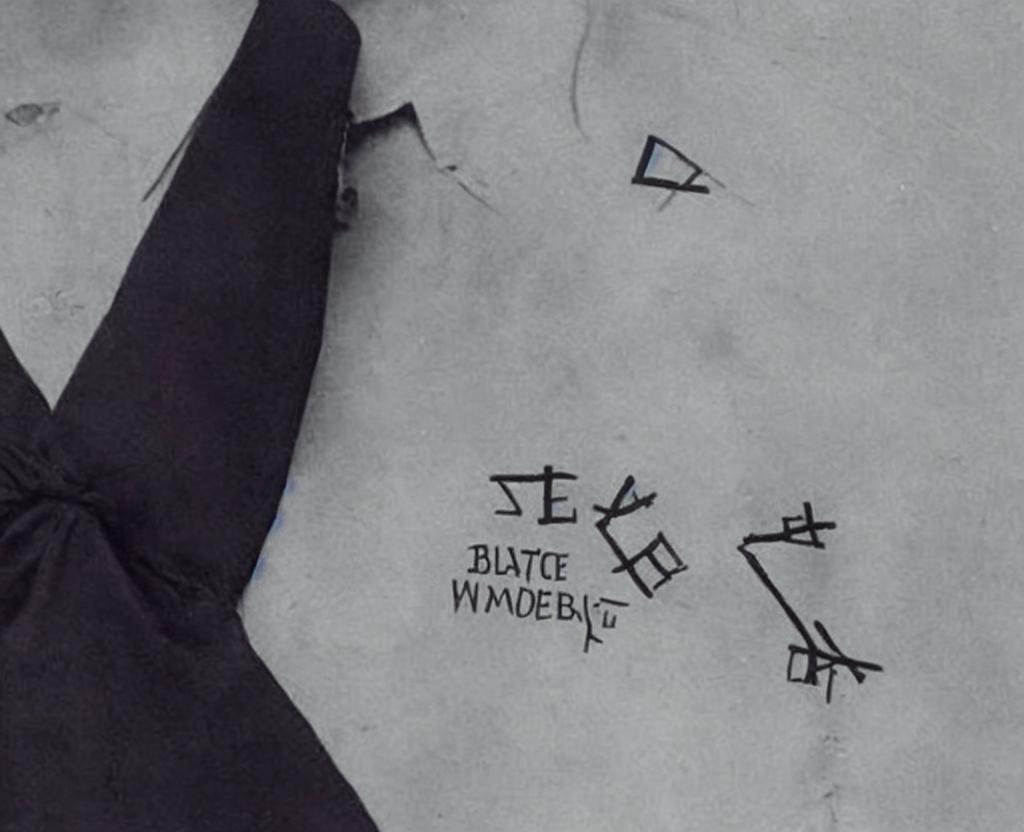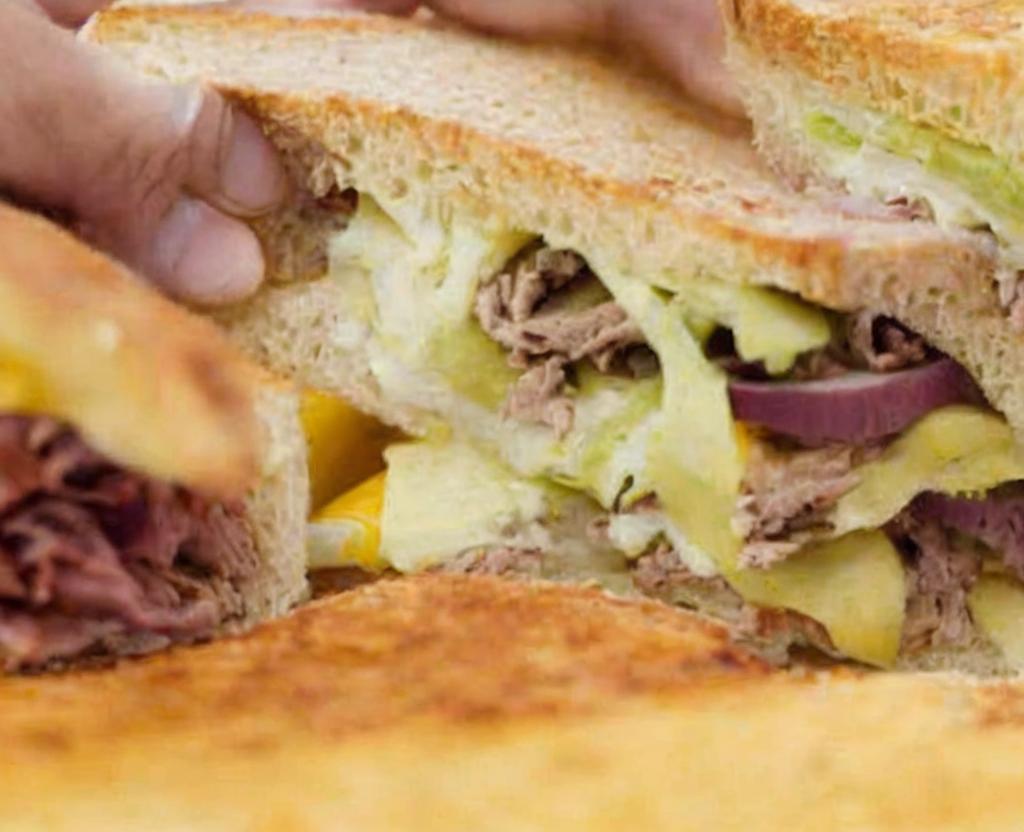
Victims of totalitarian regimes are remembered every year on August 23rd, the European Day of Remembrance for Victims of Stalinism and Nazism. Stalinist, communist, Nazi, and fascist regimes are among the many examples. The day is also known as Black Ribbon Day.
Thousands of people around the world have died under communist and fascist leaders throughout history. Adolf Hitler and Joseph Stalin, two of the world's most influential figures, were among the two most influential figures in history. In 1933, Hitler became Germany's chancellor. His unjust government existed until 1945. Nazis committed genocide against the Jews under Hitler's leadership. But it wasn't just Jews who suffered. It was also the disabled, the prisoners of war, concentration camp prisoners, and other ethnic groups. Over a million of Hitler's victims were under the age of 18.
Joseph Stalin assumed power over the Soviet Union in 1924. Before his death in 1953, He was the country's political leader until his resignation in 1953. Stalinism has dominated his policies. The Soviet Red Army captured Berlin in 1945 under Stalin's leadership. This act brought an end to World War II. millions of people died under his long reign. The majority of these people were victims of ethnic cleansings, executions, famines, and forced deportations.
It's very difficult to think about the scores of innocent victims who died under these leaders. However, we must recall incidents like these to help ensure that history never repeats itself.
How to celebrate #blackribbonday..
Several countries around the world hold special ceremonies to honor the victims of Stalinism and Nazism. Protests and demonstrations are being organized by some activists and socialist countries to raise concerns for human rights in communists and socialist countries. This is also an important day to research history and the impact Nazism and Stalinism have on the world. Several books and films have been published and films have been produced on these topics. Another way to mark the day is to wear a black ribbon. With #BlackRibbonDay, you can spread the word for this day on social media.
History of black ribbon day has a long tradition
The source of European Day of Remembrance for Victims of Stalinism and Nazism go back to the 1980s. During this period, European refugees living in Canada organized peaceful demonstrations. These demonstrations heightened concern for the human rights abuses in the Soviet Union that were perpetuated by officials. Following the Soviet bloc's demise in 1991, Black Ribbon Day protests were held in 56 cities around the world. The European Parliament officially designated August 23rd as European Day of Remembrance for victims of Stalinism and Nazism in 2008. The Canadian parliament followed suit in 2009, with the same pattern being followed in 2009. Since then, the United States, and other nations have designated August 23rd as Black Ribbon Day.
The infamous Molotov-Ribbentrop Pact, which occurred in 1939, was selected on August 23rd. This was a pact between the Soviet Union and Germany. WWII began shortly after the pact was signed. The pact was signed.




